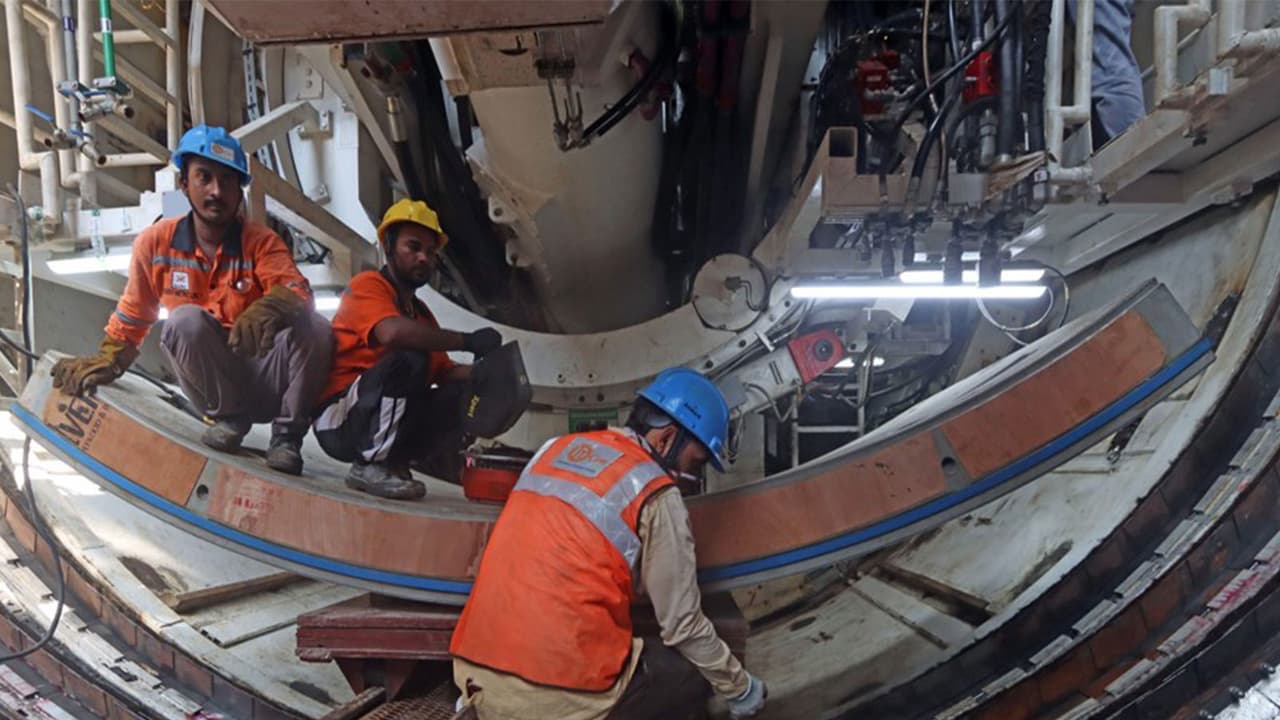India has consolidated 29 labour laws into four codes to simplify compliance, improve safety, and boost worker welfare. This reform is expected to reduce industry confusion, attract investment, and support India’s 2047 development goals.
India’s recent move to implement the four consolidated Labour Codes has set the stage for a major shift in how workplaces operate across sectors. The reform brings 29 earlier laws into one simpler structure. It places focus on easier rules, better safety, more inclusion, and stronger worker welfare. The aim is to create a work system that supports growth as the country moves toward its 2047 development vision.
A Fresh Vision for the Workplace
CII Northern Region said the Codes mark an important change because they reduce confusion that industries faced for many years. Many businesses struggled with different rules and overlapping requirements. The unified Codes introduce clearer definitions and uniform standards so industries can follow the law more easily and plan their work without delay.
Anjali Singh, Chairperson of CII Northern Region and Executive Chairperson of ANAND Group India, said the reform brings a new vision for the workplace. She said the change is more than joining many laws into one. “These reforms are not just a consolidation exercise–they reflect a fresh, people-centric vision that prioritizes better working conditions, improved health and safety standards, and a more transparent industrial environment. By simplifying compliance and bringing more enterprises into the formal economy, the Codes strengthen both workforce well-being and India’s economic competitiveness. This is a transformative step toward India’s goal of becoming a developed nation by 2047,” she said.
Boosting Manufacturing and Investor Confidence
The simplification of labour rules is also expected to help India’s manufacturing strength. For years, businesses viewed complicated labour rules as a hurdle. With the new structure, industries expect less ambiguity and a more stable environment.
Puneet Kaura, Deputy Chairperson of CII Northern Region and Managing Director & CEO of Samtel Avionics, said the change is important for investors. He said, “The simplification of labour laws sends a powerful signal to global investors that India is committed to a stable, transparent, and business-friendly environment. Streamlined processes will support manufacturing expansion, encourage long-term planning, and help position India as a preferred investment destination. This reform is timely and strategic for our economic growth.”
Supporting Small Businesses and Inclusivity
The Codes also hold importance for smaller businesses. A large part of the Indian economy still works in the informal sector. With clearer rules, more small businesses are expected to move into the formal system.
Sushil Baveja, Chairman of the Regional Committee on HR & IR, CII Northern Region and CHRO of Jindal Stainless Ltd, said the reforms support inclusivity. He said the changes guide enterprises to move towards formal structures and help women participate more in the workforce. He said the new framework supports safer and more flexible workplaces for all.
Key Measures for Worker Welfare
The Labour Codes include measures for updated working hours, better safety steps, and wider social security. These cover gig workers, platform workers, and workers in the unorganised sector. The goal is to support healthier workplaces and give workers more security so productivity improves over time. (ANI)
(Except for the headline, this story has not been edited by Asianet Newsable English staff and is published from a syndicated feed.)
